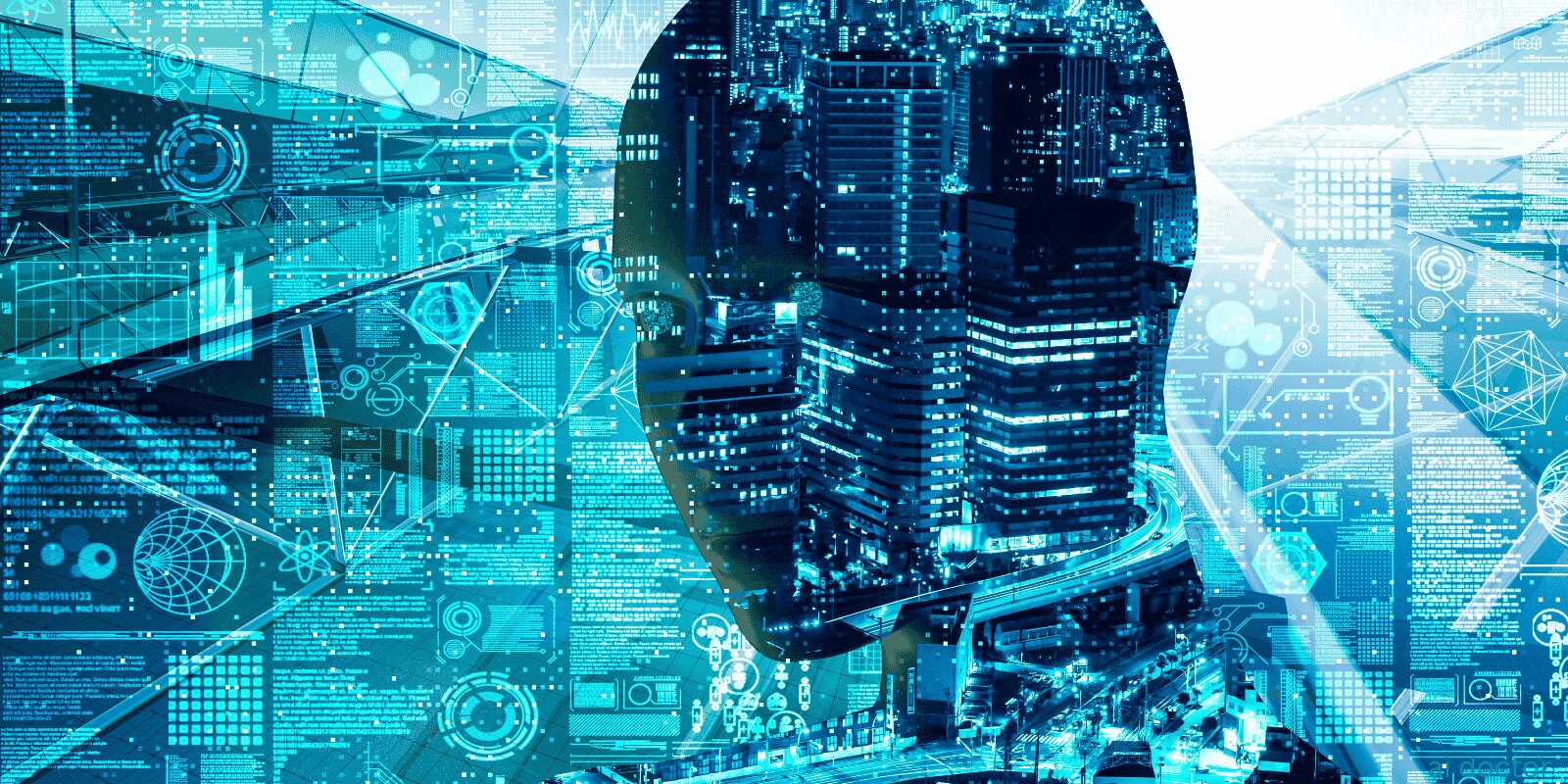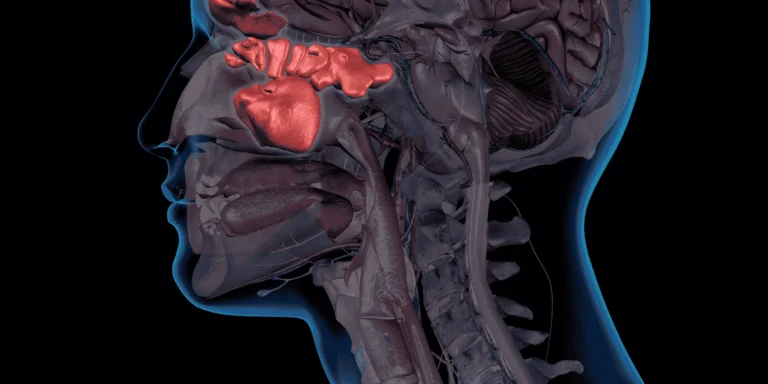An AI doctor isn’t a robot in a white coat.
It’s sophisticated software that can analyze symptoms, suggest diagnoses, and even recommend treatments — all without human doctors being directly involved in every decision.
The Technology Behind It
AI doctors use machine learning algorithms trained on massive medical databases. They’ve “learned” from millions of patient cases, medical journals, and clinical guidelines.
When you input symptoms, the AI compares your information against this vast knowledge base to identify likely conditions and appropriate treatments.
How AI Medical Assessment Works
You typically start by answering detailed questions about your symptoms, medical history, and current medications. The AI asks follow-up questions based on your responses, much like a human doctor would.
The system analyzes patterns in your answers and compares them to known disease presentations to generate probable diagnoses and treatment recommendations.
Current Medical Applications
Symptom assessment platforms help patients understand what might be causing their symptoms and whether they need immediate care.
Diagnostic imaging AI can interpret X-rays, MRIs, and other scans, sometimes more accurately than human radiologists.
Drug discovery AI accelerates the development of new medications by predicting how compounds will behave.
Clinical decision support helps human doctors by suggesting diagnoses they might have missed or flagging drug interactions.
AI in Acute Care
AI excels at evaluating common acute conditions like:
- UTIs
- Skin conditions
- Digestive issues
- Minor injuries
For these routine problems, AI can often match or exceed human diagnostic accuracy while providing instant availability.
Limitations and Boundaries
AI doctors can’t:
- Perform physical examinations
- Handle complex, multi-system diseases
- Replace human judgment in nuanced situations
- Provide the empathy and emotional support humans need
- Adapt to completely novel or rare conditions
Safety Measures
Legitimate AI medical platforms include safeguards:
- Human physician oversight
- Clear limitations on what conditions we treat
- Automatic referral to human doctors for complex cases
- Emergency protocols for serious symptoms
Benefits for Patients
- 24/7 availability
- No waiting rooms or appointment scheduling
- Often lower costs than traditional visits
- Consistent, evidence-based recommendations
- Reduced geographic barriers to care
The Human-AI Partnership
The best medical AI works alongside human doctors, not instead of them. AI handles routine evaluations while human physicians focus on complex cases requiring judgment and expertise.
Regulatory Oversight
Medical AI platforms must meet FDA requirements and follow the same safety standards as other medical devices. They’re not unregulated apps — they’re legitimate medical tools.
Quality Control
AI medical platforms continuously learn and improve from new data while maintaining strict accuracy standards. Poor-performing algorithms get updated or replaced.
Future Developments
AI medicine is rapidly advancing toward:
- More sophisticated diagnostic capabilities
- Integration with wearable health devices
- Personalized treatment recommendations
- Predictive health analytics
Choosing AI Medical Care
Look for platforms with:
- FDA approval or clearance
- Licensed physician oversight
- Clear scope of practice
- Good patient reviews
- Appropriate referral systems
AI doctors represent a significant advance in making quality healthcare more accessible and affordable, especially for routine medical problems that don’t require hands-on evaluation.












